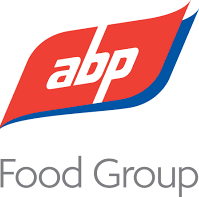Reduced levels of campylobacter in chicken revealed

FSA’s research has shown a 9.3% reduction in fresh shop-bought UK-produced chickens tested positive for the highest level of campylobacter.
A survey published by the Food Standards Agency (FSA) has revealed a 9.3% reduction in fresh shop-bought UK-produced chickens tested positive for the highest level of campylobacter, compared to the same period last year.
Results for the first five months of the agency’s third retail survey, published in March 2017, showed that 7% of chickens tested positive for the highest level of contamination, down from 12% for the same period in 2015 and 20% in 2014.
FSA’s results, which were based on tests of 1,051 whole fresh chickens sampled during January to March 2017, has also shown that figures for high-level campylobacter prevalence among the nine retailers named in the research was also down from 7.8% last year to 5%.
According to the report, the supermarkets that stood out for significantly lower levels were M&S, Morrisons and Waitrose, at 2.5%, 2.8% and 2.7%, compared to the average among all retailers.
Lidl was found to have the biggest percentage of samples positive for campylobacter, at 9.2%, while the group consisting of a number of smaller retailers and butchers had a significantly higher level, compared to the market average, at 16.9%.
In addition, 48.8% of chicken skin samples were found positive for campylobacter at any level, compared to 50% that tested positive in the same period last year.
FSA’s chairman, Heather Hancock, noting: “These results give us a clear picture of the positive direction in which we are heading, and help us measure the impact of interventions that are being used to reduce contamination.
“While results are reassuring, we want to see more progress among the smaller businesses, to achieve real and lasting reductions.”
Commenting on the progress made by major retailers on the issue, she appeared “delighted to see the commitment and responsibility that the industry has shown, so far, in their efforts to provide consumers with food they can trust”.
Hancock added: “They have invested a lot of effort and money into interventions to tackle the problem and it is showing clear results.”

 ABP Food Group receives Carbon Trust triple certification for third time
ABP Food Group receives Carbon Trust triple certification for third time Awards event attracts industry’s big hitters
Awards event attracts industry’s big hitters
